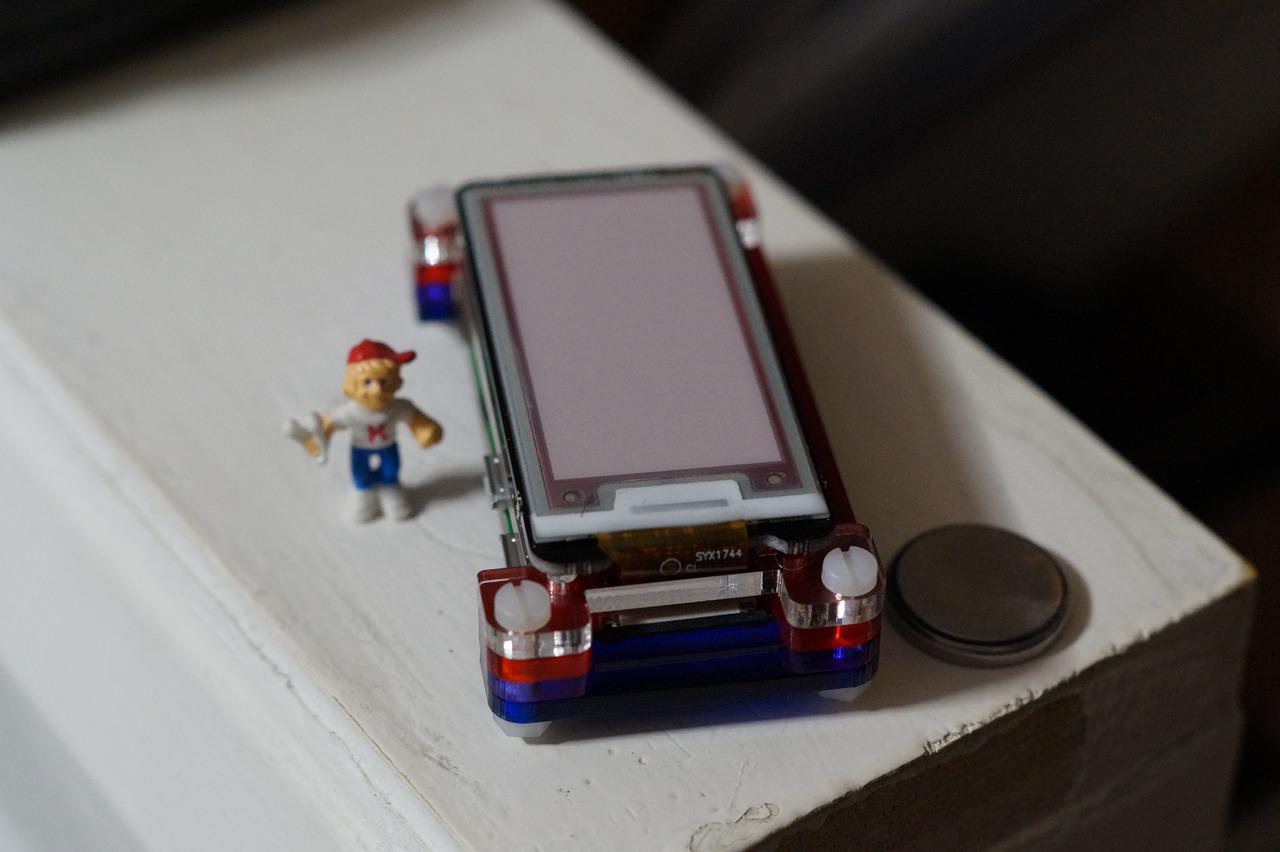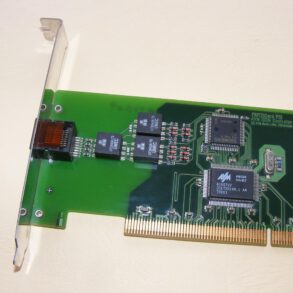If Ethernet moving into the home was the first big revolution in networking, Wireless LAN or IEEE 802.11b, is slated to be the next. With a range of just over 300 feet indoors at 11Mbps, a wireless network enables many computers to communicate without the need for wires. That saves a lot of time and money not having to run CAT 5 cable everywhere. Data is sent over the radio waves at a frequency of between 2400~2483.5 MHz using Direct Sequence Spread Spectrum (DSSS) technology, and so a few security measures need to be taken to safeguard yourself.
It sounds incredibly complicated but can really be set up an running in a matter of minutes. The few limiting factors to a wireless network are first and foremost range, how strong a signal the computer is receiving and what kind of interference may be present. The second is security, and the realization that unlike CAT 5 cable, you will need to take precautions to prevent unexpected visitors from breaching your LAN security. More on that in a bit.




